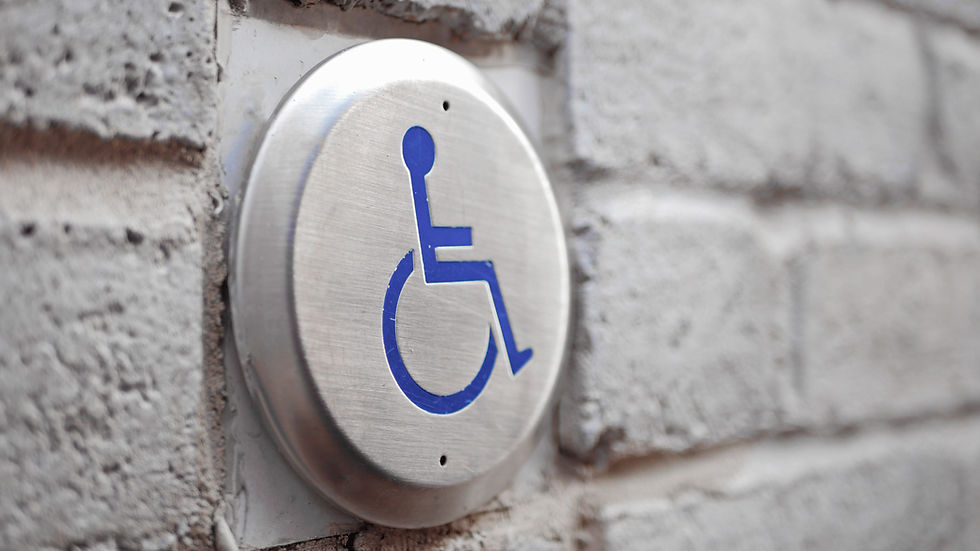Is an Accommodation Reasonable?
- Envision Initiative

- May 21, 2024
- 2 min read
Updated: May 23, 2024

The Americans with Disabilities Act (ADA) and analogous state laws protect qualified employees with disabilities from discrimination. This includes providing reasonable accommodations to help them perform their jobs effectively. But how do you know when an accommodation is "reasonable"?
Step 1: Determine the Employee's Needs
Review the job description:
All job descriptions should be current and include a description of essential functions and physical requirements. If a requested accommodation prevents an employee from performing the essential functions of the position they were hired for, the accommodation may not be reasonable.
Understand coverage under ADA & state laws:
Assess whether the employee meets the definition of having a disability under the ADA and any analogous state laws (e.g. California's Fair Employment and Housing Act).
Initiate the interactive process:
Engage in a collaborative discussion with the employee to understand their needs and explore potential accommodations. California provides a useful template for how to engage in an interactive discussion with an employee:
Step 2: Assess Disability & Accommodation Options
Seek professional verification:
Request input from the employee's healthcare provider. This eliminates guesswork by relying on a professional to guide the scope and duration of an accommodation.
Assess undue hardship:
A requested accommodation should be granted unless doing so will significantly burden the organization (including if the accommodation prevents the employee from performing the essential functions of their position).
Step 3: Communicate & Document
Send a formal notification:
If an accommodation is approved, provide a written document outlining the specific accommodation, start date, and (if applicable) estimated end date.
Review & modify as needed:
Regularly monitor the situation and be open to adjustments based on the employee's evolving needs and the organization's requirements.
Remember:
An inclusive workplace fosters a positive environment for everyone. By following this guide and engaging in open communication, you can effectively address employee accommodation requests while maintaining a productive work environment.
Have a question you'd like us to answer?
Click the button below to submit a request for an upcoming edition of HR Snapshot!

.png)




Commentaires